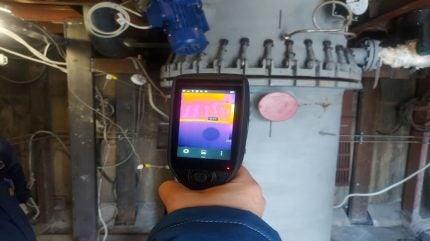
Rosatom has completed research and development (R&D) on a technology for the processing of liquid radioactive sodium coolant, which in the future will enable the decommissioning of fast neutron reactors. The technology was developed by specialists at the AI Leipunsky Institute of Physics & Power Engineering (IPPE – part of Rosatom’s fuel division TVEL) in Obninsk.
The new installation, Mineral 100/150, operates on solid phase oxidation technology. The equipment turns liquid sodium into a solid mineral-like product suitable for final disposal. The key advantages of the installation are the lack of gas emissions, explosion and fire safety, as well as a simple one stage process.
“In the period from 2021 to 2024, the specialists of our institute performed R&D to create the Mineral-100/150 experimental industrial installation as part of a single industry-specific thematic plan for R&D for Rosatom,” said Andrey Lebezov, IPPE Director General. “In March 2024, the installation tests were successfully carried out, confirming the possibility of scaling up the technology of solid-phase oxidation and its use in preparation for decommissioning nuclear facilities with sodium coolants.”
“Our development can be used for the first time when the BN-350 fast neutron reactor with the sodium coolant in Kazakhstan at Aktau is decommissioned. In this reactor installation there are 680 cubic metres of sodium, which can be transferred to a safe state in three to four years without the construction of a new storage facility just using available capacities,” said Eduard Nikitin, Director for the decommissioning of nuclear facilities and radioactive waste management at TVEL.
The BN-350, the world’s first sodium-cooled industrial fast neutron reactor, was physically launched in 1972, and connected to the Mangystau power system in 1973. In 1998 it was closed down, and formally began decommissioning the following year. According to representatives of the development company, METR, preliminary information puts the total cost of decommissioning the BN-350 at KZT125bn ($330m) excluding inflation.
From 1999 to 2016, with the financial support of the US government, nuclear fuel was removed, primary circuit sodium was treated to remove caesium radionuclides.






